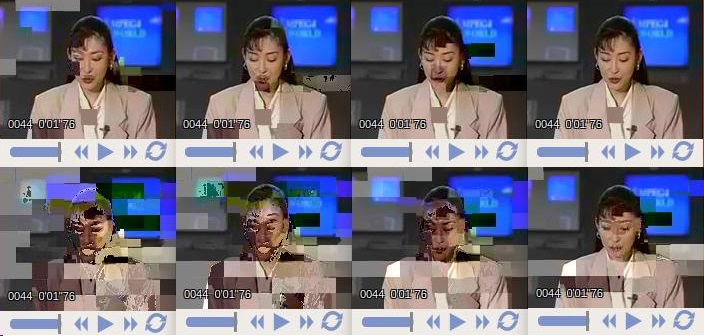On the Performance of Self-Concatenated Coding for Wireless Mobile Video Transmission Using DSTS-SP-Assisted Smart Antenna System
Published In: Wireless Communications and Mobile Computing Impact Factor: 1.819
Abstract:
In the current age of advanced technologies, there is an escalating demand for reliable wireless systems, catering to the high data rates of mobile multimedia applications. This article presents a novel approach to the concept of Self-Concatenated Convolutional Coding (SECCC) with Sphere Packing (SP) modulation via Differential Space-Time Spreading- (DSTS-) based smart antennas. The two transmitters provide transmit diversity which is capable of recuperating the signal from the effects of fading, even with a single receiving antenna. The proposed DSTS-SP SECCC scheme is probed for the Rayleigh fading channel. The SECCC structure is developed using the Recursive Systematic Convolutional (RSC) code with the aid of an interleaver. Interleaving generates randomness in exchange for extrinsic information between the constituent decoders. Iterative decoding is invoked at the receiving side to enhance the output performance by attaining fruitful convergence. The convergence behavior of the proposed system is investigated using EXtrinsic Information Transfer (EXIT) curves. The performance of the proposed system is ascertained with the H.264 standard video codec. The perceived video quality of DSTS-SP SECCC is found to be significantly better than that of the DSTS-SP RSC. To be more precise, the proposed DSTS-SP SECCC system exhibits an Eb/N0 gain of 8 dB at the PSNR degradation point of 1 dB, relative to the equivalent rate DSTS-SP RSC. Similarly, an Eb/N0 gain of 10 dB exists for the DSTS-SP SECCC system at 1 dB degradation point when compared with the SECCC scheme dispensing with the DSTS-SP approach.


